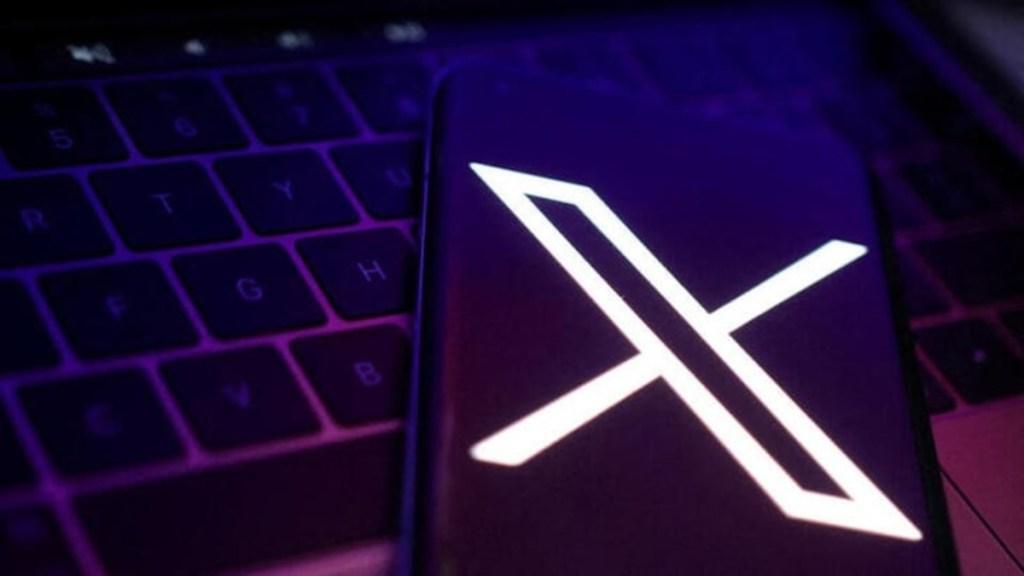
India Condemns X for Saying Compliance Site is Censorship Tool: Report
In a recent development, India has come down heavily on Elon Musk-led X for labeling the Centre’s Sahyog Portal as a censorship tool. According to a report by Reuters, the IT Ministry has strongly condemned the remark, calling it “unfortunate and condemnable”. This statement comes in the wake of a lawsuit filed by X in the Karnataka High Court.
The Sahyog Portal is a compliance website launched by the Indian government to facilitate the reporting of online content that is deemed harmful or objectionable. The portal is designed to enable users to report such content, and the government will then take necessary action to remove or modify it.
X, on the other hand, is a global platform that is known for its free-speech advocacy. In its lawsuit, X has claimed that the Sahyog Portal is a censorship tool that is being used to suppress freedom of expression in India. The company has also argued that the portal is not transparent and lacks accountability, which raises concerns about its effectiveness in promoting online freedom.
In response to X’s lawsuit, the IT Ministry has issued a statement expressing its disappointment and condemnation of X’s remarks. The ministry has emphasized that the Sahyog Portal is a legitimate tool that is designed to protect the rights of Indian citizens, including their right to freedom of expression.
“The use of the said terminology by a worldwide portal like X is unfortunate and condemnable,” the IT Ministry said in a statement. “The Sahyog Portal is a platform that enables citizens to report online content that is harmful or objectionable, and it is designed to protect the rights of all citizens, including their right to freedom of expression.”
The ministry has also emphasized that the Sahyog Portal is a voluntary platform, and users are free to report or not report content as they see fit. The ministry has also pointed out that the portal is transparent and accountable, and it provides users with information about the reporting process and the steps that are taken to address reported content.
X’s lawsuit has sparked a heated debate about the role of technology companies in promoting or suppressing freedom of expression. Some critics have argued that X’s action is an attempt to undermine the Indian government’s efforts to promote online safety and security, while others have argued that the lawsuit is a necessary step to protect the rights of Indian citizens.
The controversy surrounding the Sahyog Portal and X’s lawsuit highlights the complex issues surrounding online freedom and censorship. On one hand, there is a need to protect the rights of citizens to express themselves freely online. On the other hand, there is also a need to ensure that online platforms are not used to spread hate speech, misinformation, or other forms of harmful content.
The Indian government has taken several steps to promote online safety and security in recent years. In 2020, the government launched the draft Information Technology Rules, 2020, which aimed to regulate online content and protect the rights of citizens. The rules require online platforms to remove or modify content that is deemed harmful or objectionable, and they also require platforms to appoint a grievance officer to handle complaints.
However, X and other critics have argued that the rules are vague and overbroad, and that they could be used to suppress freedom of expression. The controversy surrounding the rules has led to several legal challenges, including a lawsuit filed by X in the Delhi High Court.
The controversy surrounding the Sahyog Portal and X’s lawsuit is likely to continue in the coming weeks and months. As the debate about online freedom and censorship continues to unfold, it is clear that there is no easy solution to these complex issues. However, it is also clear that there is a need for a nuanced and balanced approach that takes into account the rights of all stakeholders, including citizens, online platforms, and the government.





